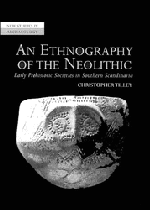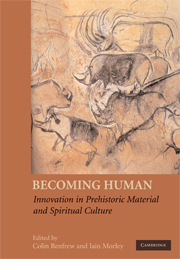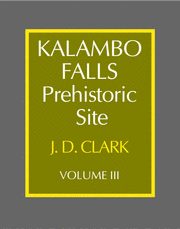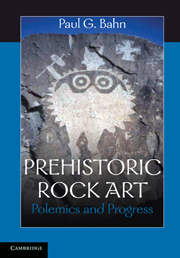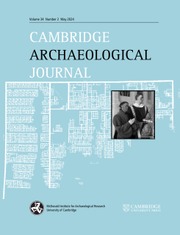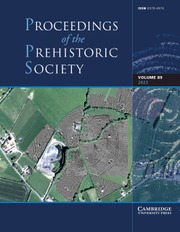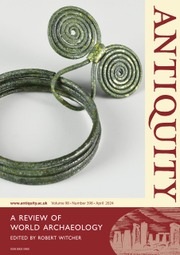An Ethnography of the Neolithic
Archaeological research in Sweden and Denmark has uncovered a startling array of evidence over the last 150 years, but until now there has been no comprehensive synthesis and interpretation of the material. An Ethnography of the Neolithic bridges this gap, giving an accessible and up-to-date analysis of a wide range of evidence, from landscapes to monumental tombs to portable artifacts. Christopher Tilley also uses this material as a basis for a provocative and novel reconstruction of late Mesolithic and earlier Neolithic societies in southern Scandinavia, over a period of 3,000 years. His skilful integration of archaeological evidence with new anthropological approaches makes this book an original contribution to an important topic, whose significance stretches outside Scandinavia, and beyond the Neolithic.
- Shows how archaeologists can produce a social interpretation of the past
- Provides an up-to-date synthesis of earlier Scandinavian prehistory
- Written in an accessible way, with well over a hundred plates, figures, maps etc
Reviews & endorsements
"It remains the virtue of the book that it so consistently and successfully integrates the social and symbolic and demonstrates how social and cosmological changes are related, defining an increasingly competitive and complex order of social reproduction that integrates the past and the present through complex rituals and through a ritualization of landscape....The book is a must for archaeologists and a welcome inspiration for an anthropology of material culture." Kristian Kristiansen, American Anthropologist
Product details
October 2003Paperback
9780521568210
388 pages
190 × 247 × 23 mm
0.706kg
68 b/w illus. 19 colour illus. 35 maps 34 tables
Available
Table of Contents
- Part I. The Late Mesolithic and Early Neolithic:
- 1. The original affluent society
- 2. Axes, pots and monuments
- Part II. Stone Monuments and Society in the Middle Neolithic:
- 3. Monument construction and social competition
- 4. Settlement, tomb and landscape
- 5. Death and body symbolism
- 6. The social lives of artifacts
- 7. Neolithic politics and a religion of the body
- 8. Epilogue: working with metaphors.

